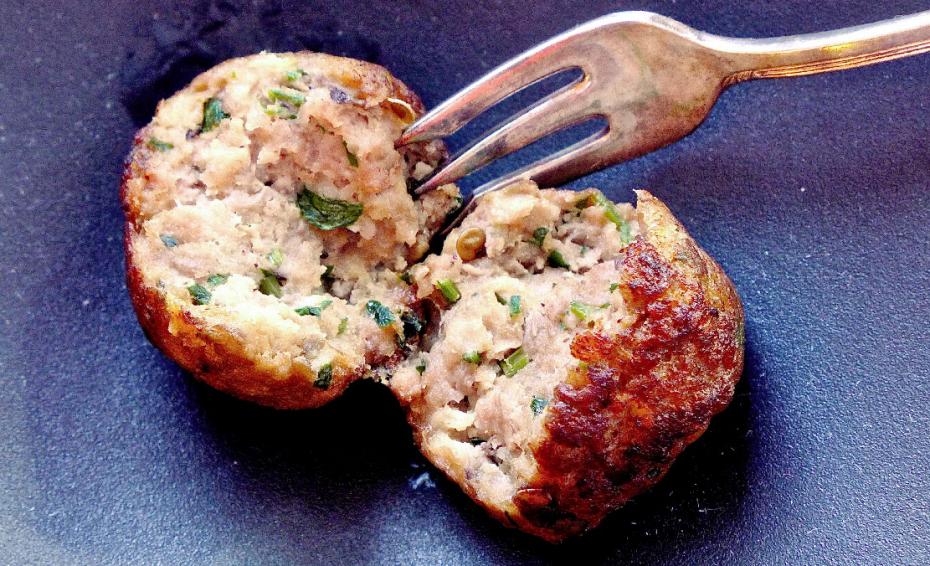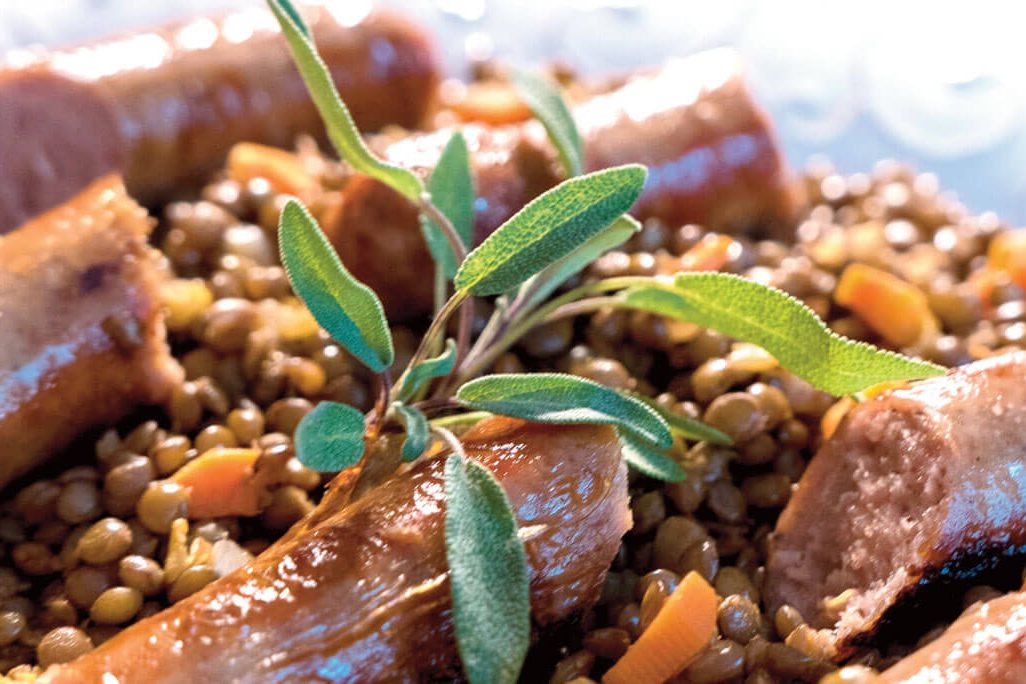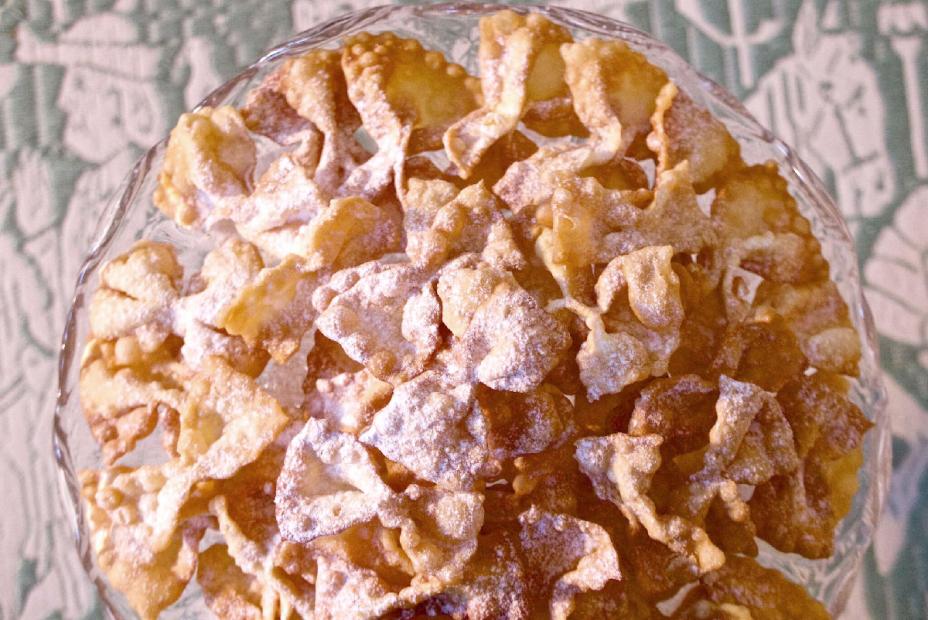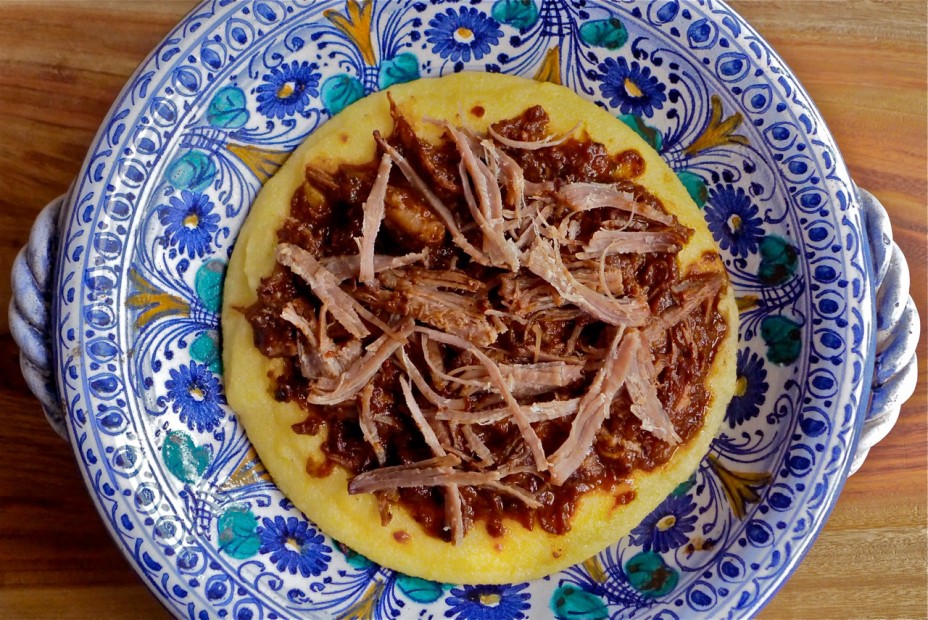“I was still young when my life changed…. drastically. Shortly after midnight one Saturday… the smell of smoke awakened me. I ran to my mother’s bed…. The next thing I saw was a wall of fire shooting up the staircase. Grabbing my one-year-old brother from his crib, I fled out my bedroom window to the roof and yelled to my six-year-old brother Ronny to come…. After working late, my father came down the street to find two of his sons on the roof and the rest of his family being consumed by flames. My mother, my invalid grandmother, and Ronny never made it…. Within moments my life fell apart…. Out of a desperate need for survival, I went inward… using memories, good feelings, and the experience I had of food as my solace and foundation….”
So writes John Carafoli in the introduction of his new book, Great Italian American Food in New England: History, Traditions & Memories, narrating his journey from little boy whose life changes irrevocably after a tragedy, to chef, food stylist, and cookbook author. In the pages that follow, he reaches back to a New England childhood in an Italian-American family where his grandmother rolled out fresh pasta and cooked the food of her native Bologna, while his grandfather made wine in the cellar. After the fire, he takes comfort in the kitchens of the neighborhood women who spend much of their time cooking and baking. His life becomes a quest for the flavors that formed his early palate and later, to hold close the people who nurtured him. He returns to the fading ethnic enclaves of an earlier time and comes back with such recipes as Zio Cherubino’s fiery lobster alla cacciatora (“hunter style”) based on Cape Cod’s definition of game—wild-caught seafood. Or “savor,” a dense fruit compote originating in Emilia-Romagna that embodies the taste and history of the Massachusetts communities of his childhood.
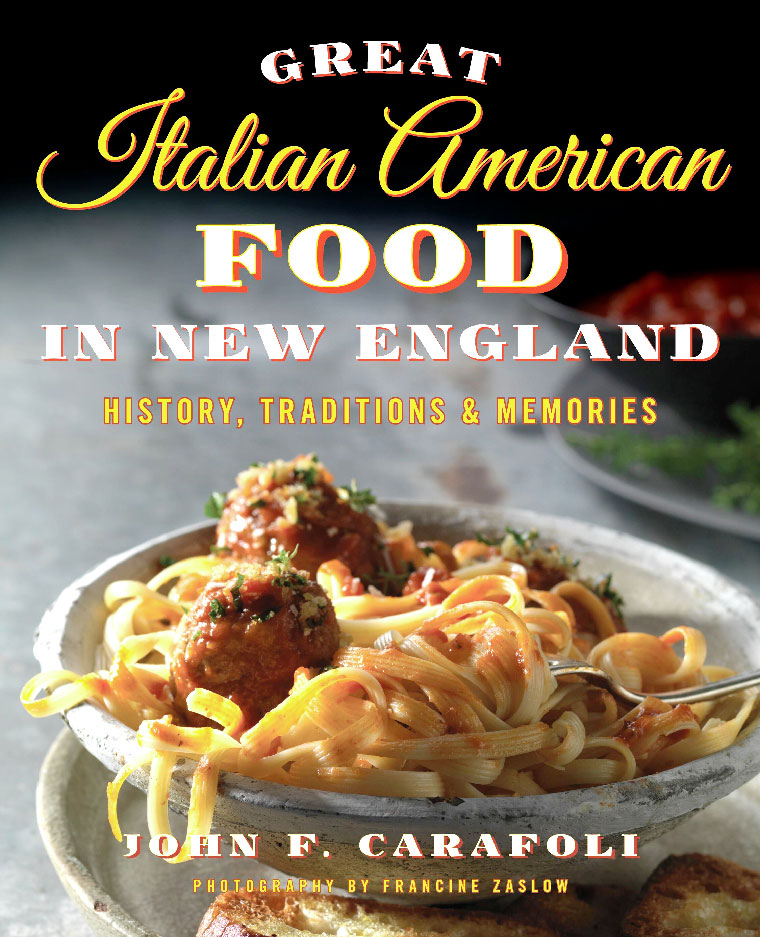
I first met him at a conference where every attendee had an obsession with cooking or culinary history. Like the rest of our tribe, he loves to talk about food, but it’s not every friend who, for example, will call me up to enthuse over the discovery of a source for Calabrian bergamot oil for a gelato experiment of his. Or that he’s finally figured out the recipe for zampone, a signature sausage of Modena made by forcing a tasty mixture of pork and spices into a pig’s trotter. Or that he’s put his own touches on a meatball recipe I’d invented mere minutes after he saw it online.
His cookbook is a warm and infectious narrative of an Italian-American community spanning six states where immigrants mined the stone quarries; dug the Cape Cod Canal; worked the slaughterhouses; built the railroad cars, houses, and churches; planted the fields; became grocers, pizzaioli, and restaurateurs and created a unique cuisine that merged New England ingredients with regional Italian traditions. It is a story of love, and kinship with a people who, like the author, have found pleasure and meaning through a language of food.
Julia della Croce’s Lamb and Eggplant Meatballs
Makes 20 meatballs
Here is my recipe for meatballs that got John to the phone, which appears on his book cover. He keeps the eggplant skin on rather than peel it off. Now I do, too.
·1 medium eggplant
·1 cup day-old sturdy bread, crusts removed, diced
·1 egg
·Scant teaspoon fine sea salt
·1/2 teaspoon freshly ground black pepper
·1 large clove garlic, minced
·1 pound ground lamb leg or shoulder
·3 tablespoons minced fresh parsley
·2 tablespoons fresh minced rosemary or 2 teaspoons dried
·oil for frying
·2 cups good homemade tomato sauce
1. Preheat an oven to 400 F. Prick the eggplant in several places. Place it on a baking sheet and roast until it is entirely collapsed, about 35 minutes. When cool enough to handle, push out excess seeds (leaving some of them with the pulp adds pep to the meatball texture); chop finely. Transfer it to a sieve and press well with a spoon to drain off excess liquid.
2. Meanwhile, soak the bread in water to cover until moistened, several minutes. Drain and squeeze well to remove excess water.
3. In a mixing bowl, whisk together the egg, salt, pepper, and garlic. Stir in the prepared bread. Use your hands to break it up and blend it well with the egg mixture. Add the chopped eggplant, ground lamb, parsley and rosemary. Using your fingers, blend the mixture without overworking it. Chill to firm it, about an hour.
4. With wet hands, form the mixture into balls about 1-1/4 inches in diameter.
5. Prepare a platter with two layers of paper towels. In an ample skillet over medium heat, warm enough oil to cover the bottom of the pan. Fry the meatballs in batches to avoid overcrowding; there should be plenty of room around each for proper searing. When they have developed a light crust and look golden brown, about 10 minutes, transfer them to the paper towels to drain.
6. Warm the tomato sauce. Serve the meatballs topped with sauce.
Julia della Croce is a food writer and James Beard award-winning cookbook author and recipe developer based in New York. She is presently incubating a book about her family’s ancestral region, Sardegna. Visit her website, www.juliadellacroce.com and blog, http://juliadellacroce.com/forktales1/, connect on Facebook: Julia della Croce – chef & foodwriter, Twitter: @juliadellacroce and Instagram: juliadellacroce.
